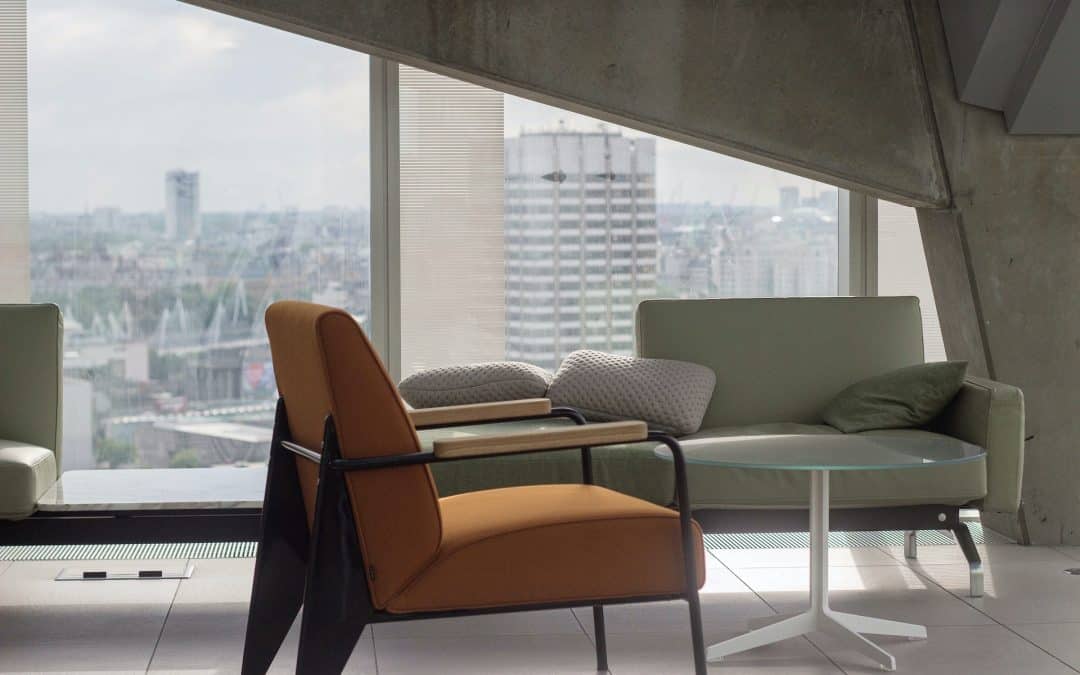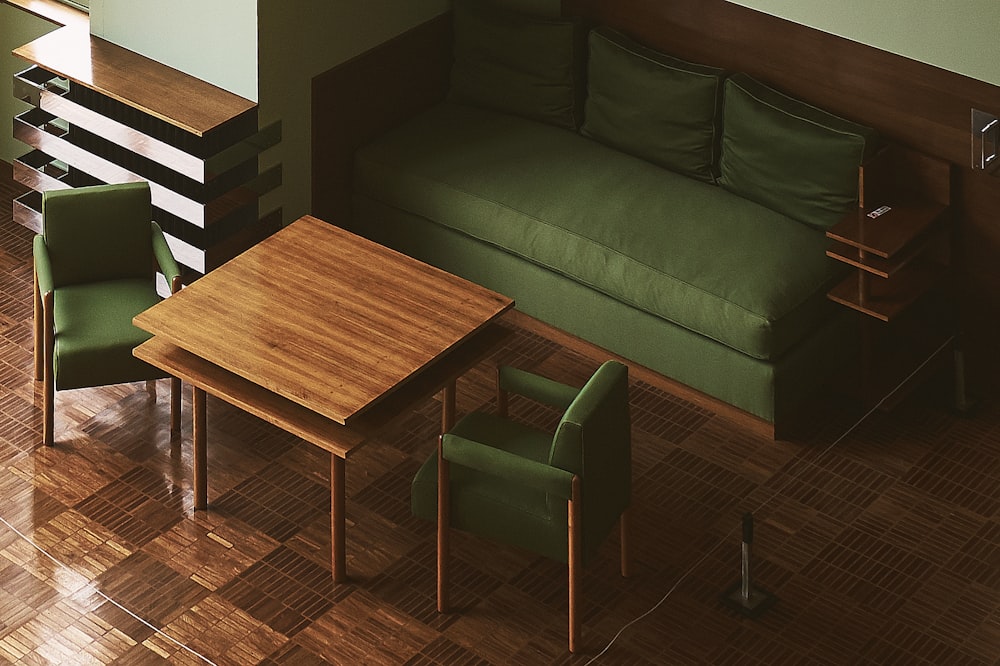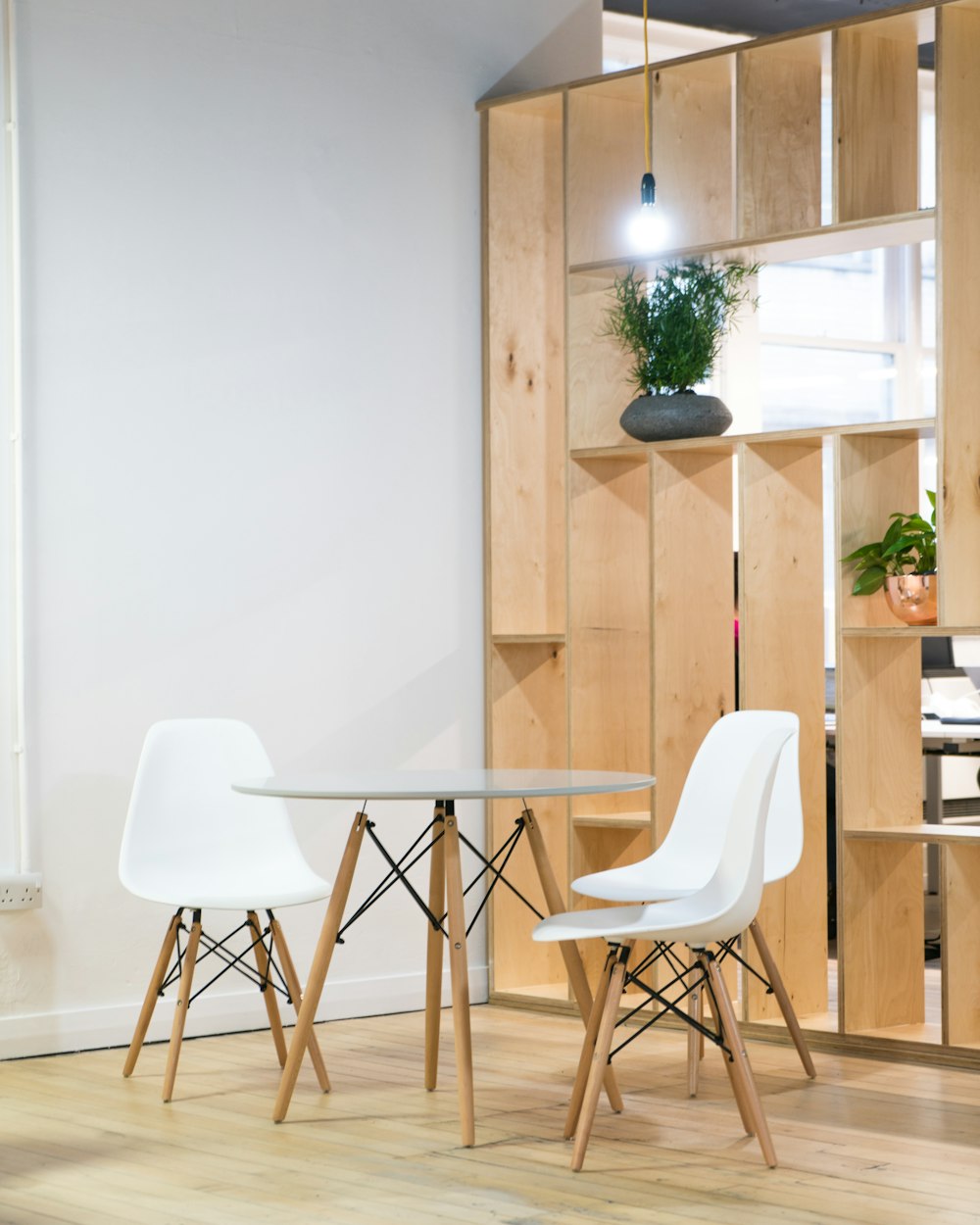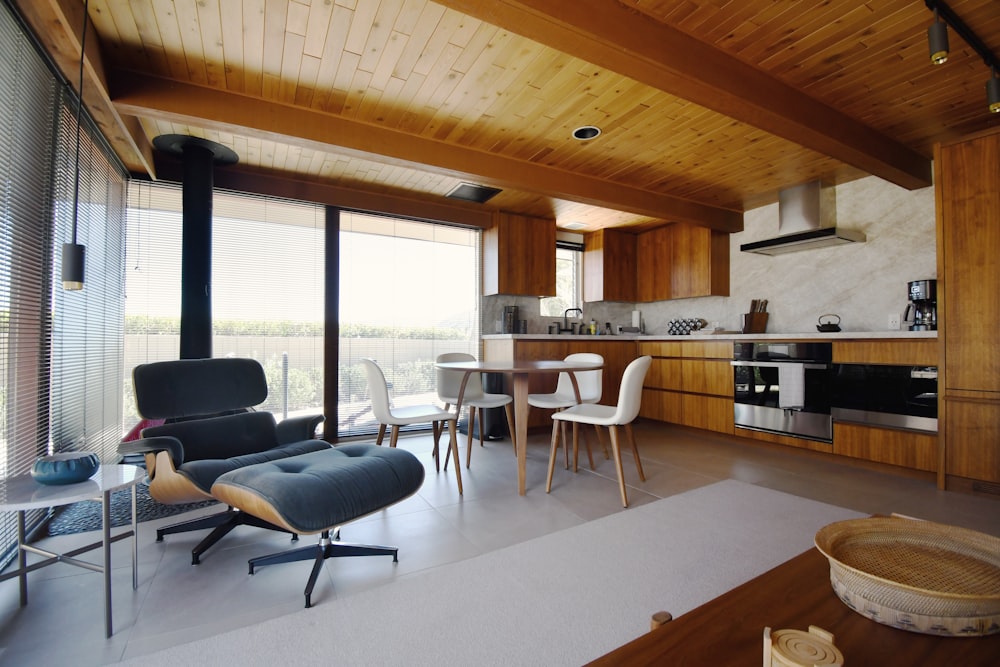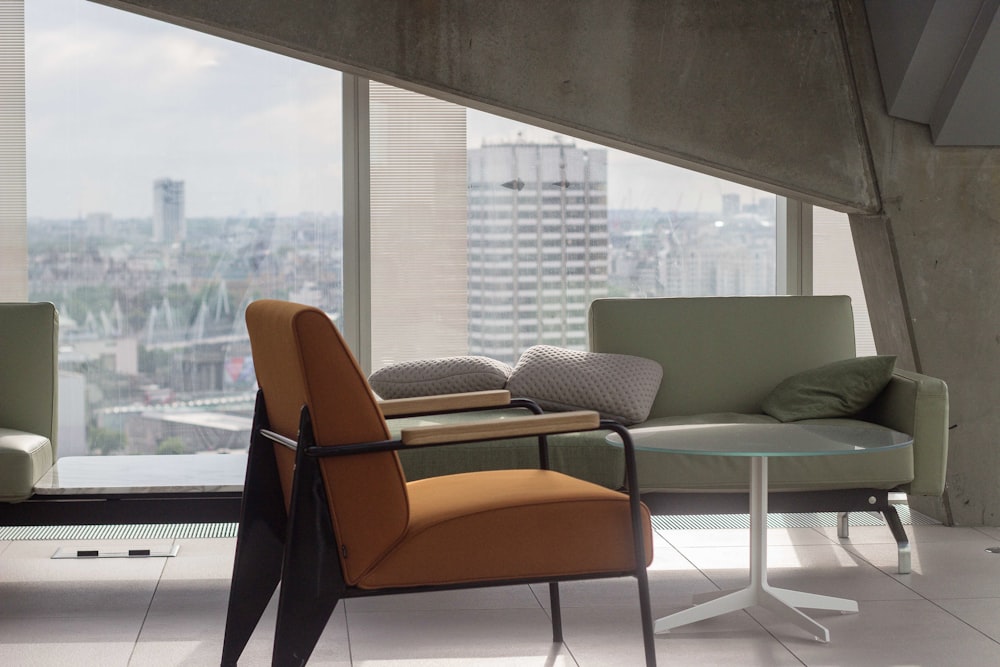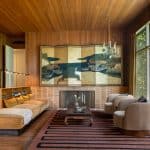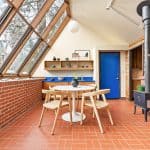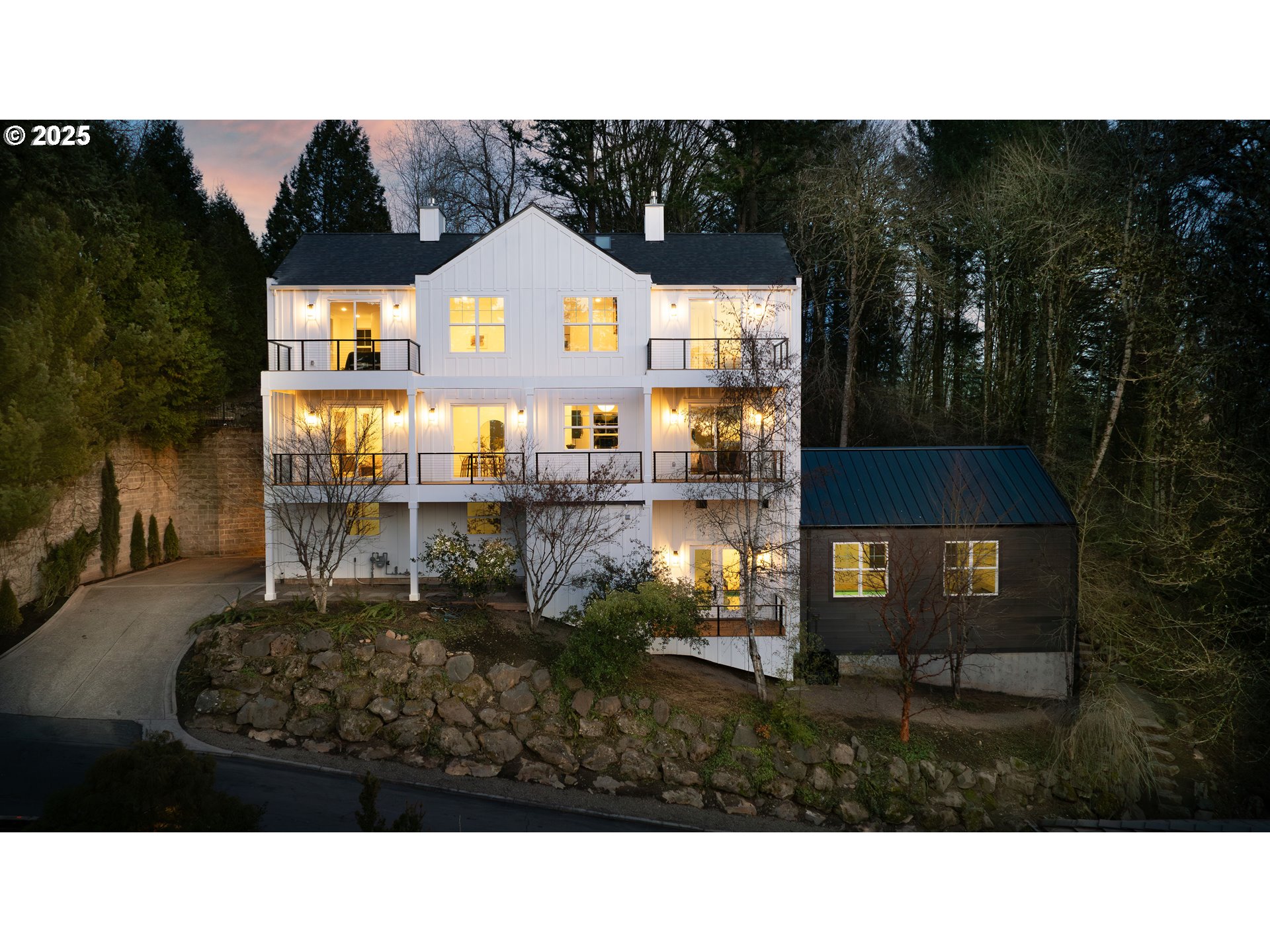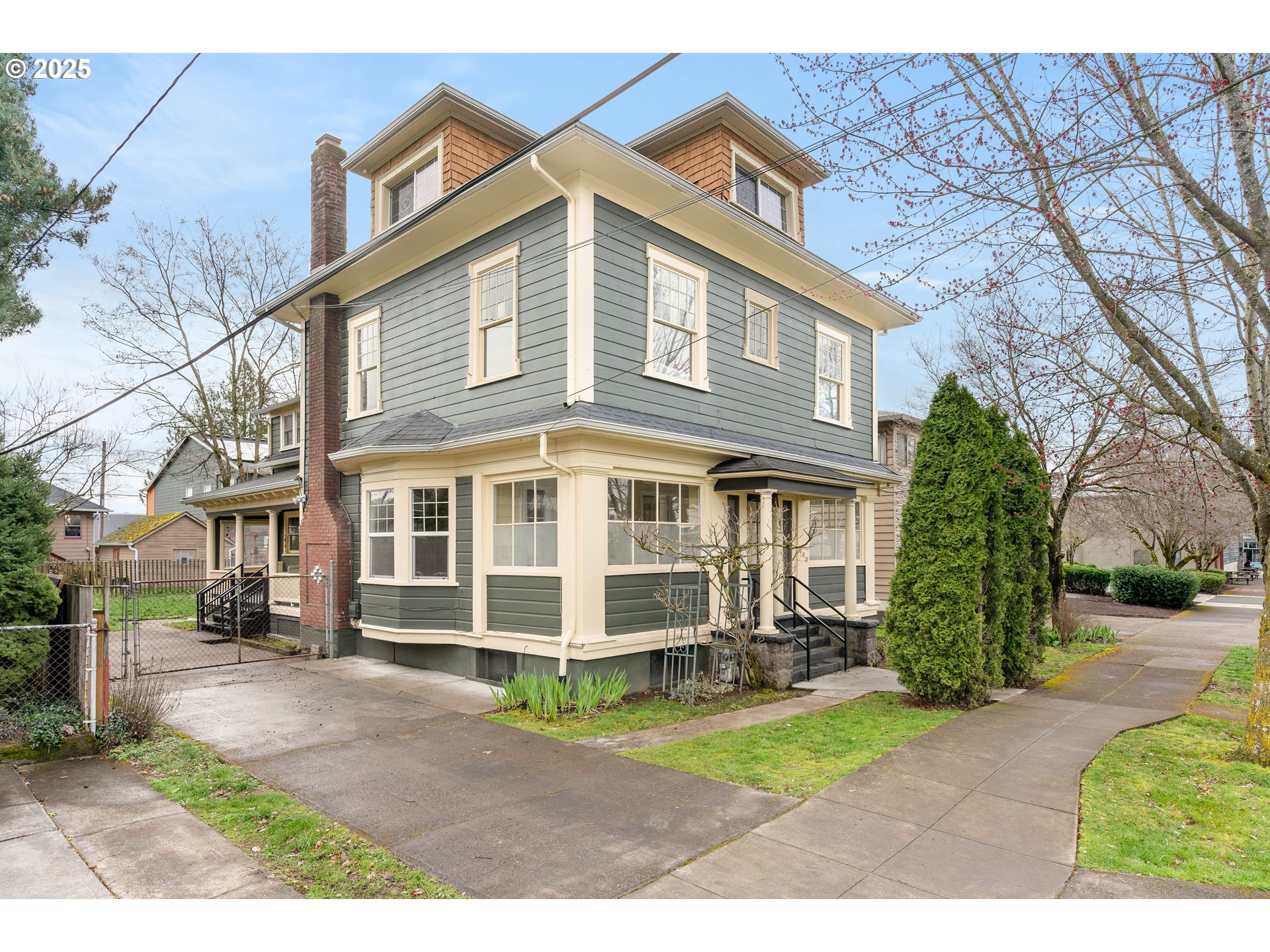Photo Courtesy of Unsplash Artist, Alexander Pemberton
To quote William Krisel, a famous mid-century architect based out of California, “MCM is the same today as it was in the 1950’s because it is not a style and is based on solid principles of design and human needs, along with functionalism, respect for the environment, and solving the basic human desires for livability.” (link).
Midcentury Modern style is characterized by its functionality, unusual use of contrasting materials and minimalism – it’s about clean lines, light open spaces and sleek sculptural forms. It emphasizes the connection between the interior and exterior worlds with the use of open floor plans, floor-to-ceiling windows, and low-profile roofs. These elements not only help conserve energy within the home, but the natural light makes for an airy space that connects us to the outside that makes for comfortable living. Another element of mid-century design that further connects the indoors with nature is the focus on the use of natural materials such as wood, brick, concrete, stone, and glass.
In terms of interior design, less is more. The MCM room revolves around having a few pieces of furniture, art and no clutter. MCM dining rooms usually consist of a table, chairs, a sideboard or credenza, and sometimes a bar. Similarly, with bedrooms – a bed, bookshelf, nightstands, a dresser and perhaps an accent chair for aesthetic focus. When it comes to choosing colors for the rooms, lighter shades of paintwork best with natural light such as cool base colors, warms grays and off-whites. Busy and bold wallpapers are used at times but only in moderation as an accent wall for decoration.
For more information on how to design your how in MCM style, click here and here. For the visual learners, scroll below for some exquisite examples of both interior and exterior design in the mid-century modern style.

